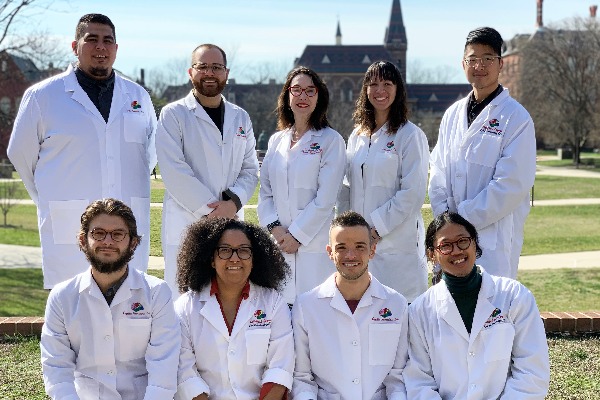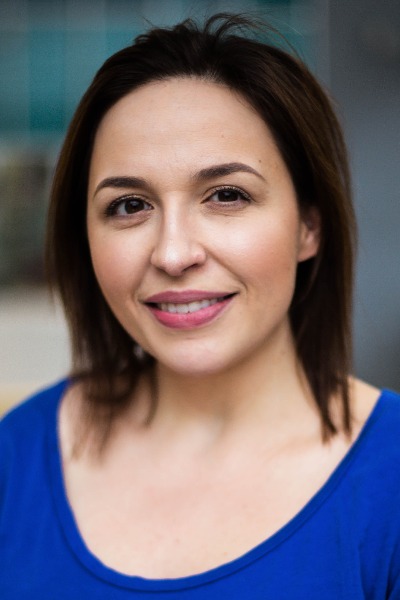Brain and Language Center for Neuroimaging
PI: Dr. Laura-Ann Petitto
The state-of-the-art Brain and Language Center for Neuroimaging (BL2) is led by Dr. Laura-Ann Petitto, the Science Director and Co-Principal Investigator of the National Science Foundation and Gallaudet University’s Science of Learning Center, “Visual Language and Visual Learning (VL2).” The BL2 Center consists of Petitto and Dr. Bradley White, Neuroimaging Scientist and Post-Doc, Ms. Cryss Padilla, M.A., Science Manager, and a brilliant team of outstanding undergraduate and graduate students who contribute to the basic cognitive neuroscience studies.
The BL2 laboratory features one of the world’s most advanced brain imaging systems, called functional Near Infrared Spectroscopy (fNIRS), as well as an Infant Habituation Lab, Video-Recording and Editing studios, Video-Conferencing facilities, Experimental and Observation Chambers, Library and more.
BL2 is the site of neuroimaging and behavioral studies that provides knowledge about the biological mechanisms and environmental factors, which, together, make possible the human capacity to learn and convey language, achieve reading mastery, and become a skilled bilingual. Our discoveries have included answers to the following questions: What is the impact of learning two languages on the developing brain? When is the optimal time to expose a young child to two languages and two reading systems? What are the most optimal programs for teaching a young bilingual child to read? What are the normal developmental stages of bilingual language and reading acquisition, and how can we ensure that bilingual children are achieving the greatest academic success?
Whereas the fNIRS measures aspects of the brain's structures and neural systems associated with higher cognition, BL2 also is the home of an advanced Thermal Infrared imaging system which measures aspects of human emotions and change in emotions over time. Beyond discrete systems, the team presently has among the world's only integrated fNIRS + Thermal Infrared imaging systemes, which is also integrated with + sophisticated eye-tracking technology for the measurement of behavioral markers of attention. Together, these powerful integrated technologies permit BL2 scientists to study the role of higher cognition, emotion, and attentional processes that underlye human learning (and the impact of emotions on learning). Further, BL2 has a complex of fNIRS systems--a total of 4 such brain imaging--which permits the advancement of multiple research projects, and, crucially, makes possible the intensive neuroimaging training Certificate Programs that the BL2 Center offers to PEN, Gallaudet University, and as a meaningful service to the greater community of students in the Washington DC area.



